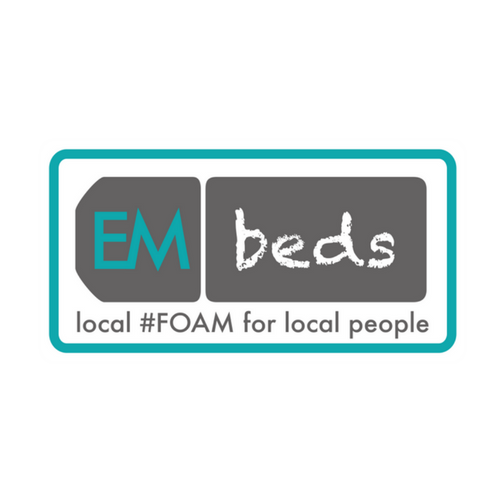Quick Ref Guide
Background
- Viral respiratory infections are the most common cause of wheezing in infants and young children
- Risk factors include exposure to tobacco smoke and reduced lung function
- Although treatment is broadly like treatment for asthma there are some differences
Clinical Presentation
- Usually history runny nose, cough, intermittent fever then wheeze
- Only get wheezy with colds – no interval symptoms
- Examination – nasal congestion, tachypnoea, increased work of breathing and polyphonic wheeze.
- Assess for level of dehydration caused by tachypnoea, fever, decreased oral intake
What to do
- Assess severity:
- Hypoxia (<92%): give oxygenimmediately
- Life threatening: move to Resus and call for paediatric support – treat as BTS life threatening asthma
- Severe: use nebulised salbutamolin all age groups except under 6 months – refer to paediatrics
- Mild/Moderate: use inhaled salbutamol. If good response – can be discharged with viral wheeze plan (available on intranet). If poor response – consider treating as severe with nebulised bronchodilators
Other medications
- Ipratropium bromide– No evidence this is superior to salbutamol under 1 year – however can be added if no response to salbutamol
- Steroids– no evidence they reduce length of illness in mild to moderate casese – restrict to those who are very unwell and likely to need intensive care
- Antibiotics are not routinely used. However if indicated for suspected secondary bacterial infection / atypical pneumonia – Azithromycin is recommended for 3 days
- Prophylaxic Steroids – there is no strong evidence for any prophylaxis. High dose intermittent inhaled steroids has shown some improvement but cumulative dose risk outweighs benefits
- Montelukast – a small subgroup benefit and therefore trial may be appropriate
Discharge
- Complete Episodic Wheeze Plan
- Give advice sheet
Reference:
Guidance for the treatment of Episodic Viral Wheeze in Children (June 2018)

